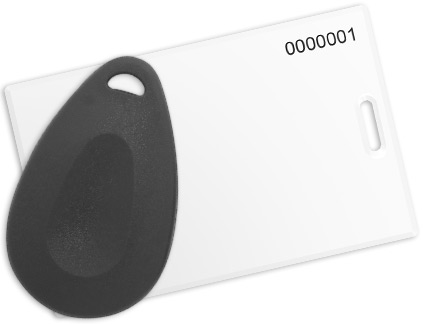Access Control Systems Help Bolster Museum Safety, Report Suggests
Access control systems are playing an increasingly important role in ensuring museum security, with IoT and other technology advances are making it easier for cultural institutions to protect their assets, experts believe.
Art and cultural property crime account for billions in losses each year as stealing fine art remains “relatively easy,” according to Insurance Journal. Just 1.5 percent of all thefts end in successful recovery of objects and prosecution of the perpetrators.
At the minute, museum defense relies on redundancy — layering multiple protective processes, each equally able to safeguard artifacts. These often include physical guard patrols and wireless security cameras paired with newer technologies such as vibration sensors and motion detection devices.
However, some of these measures don’t always work and, for this exact reason, the Security Committee of the American Alliance of Museums also recommends securing staff ID cards by leveraging both card scanners and PIN-based card readers to ensure only authorized employees can access storage collection areas.
Access Control UK – always in the forefront of reliable, affordable access control solutions
Our access control system also include provision for an entry made under duress. A normal PIN can be programmed as a feature of a normal access permission, working in tandem with the smartcard, but there can also be a special duress code set up. When this is entered, the cardholder (and any potential threat) notice no difference in the way that the door opens for them, but it triggers a silent alarm and sends an alert to the necessary people.
The other method by which people can use our access control system is through their personal biometrics.
The type of biometric identification that we offer for access control is the fingerprint reader, for employers who, due to security concerns, want to be absolutely certain that the relevant person is accessing the door. The image of the fingertip pattern is converted into a code through a secure algorithm, which is then stored on a database for future comparison and authentication.
These modern methods of access control should be the minimum used by all businesses, yet many premises still rely on lock and key. Contact us on 020 8242 9695 for more information on our products and services, or by using our contact form.
